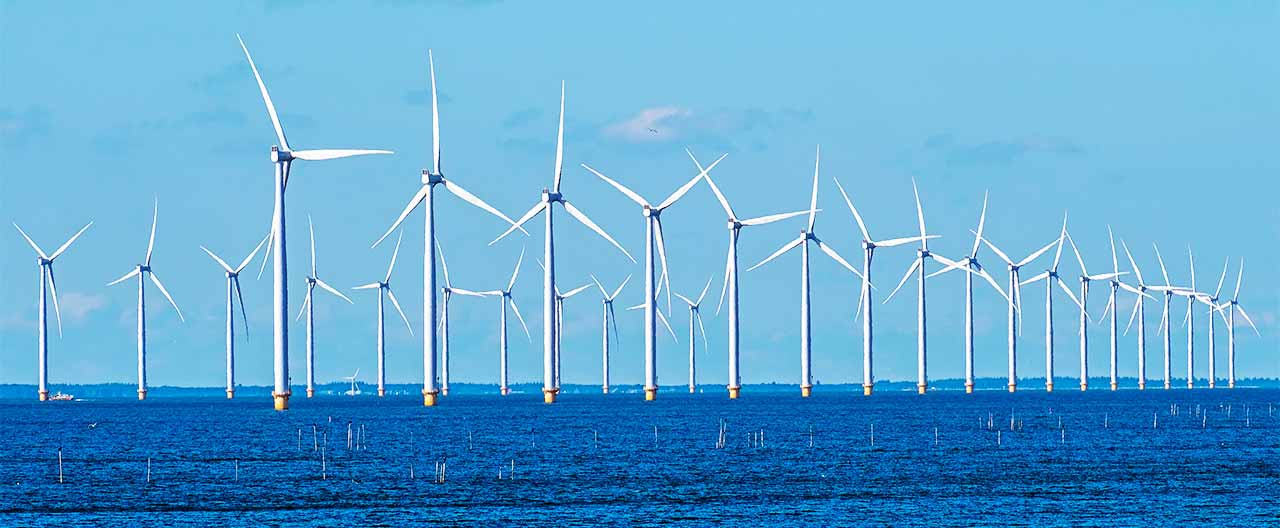The future is almost here. There are currently more electric vehicle (EV) charging stations in the UK and Europe than petrol stations1, and the gap is forecast to continue widening.2 In the UK, the number of public chargers is increasing by 42% year-on-year3 and across Europe the number grew by 165% between 2020 and 20234. McKinsey estimates that 3.4 million public chargers will be required for the EU’s future fleet of EVs5.
Amidst this boom, the insurance industry has an important role to play in encouraging the transition. Chubb's Climate+ practice supports emerging technologies to expedite speed to market, and EV infrastructure is one of the sectors we have experience and expertise in.
The second fuelling revolution
With any new technology comes a new risk profile to contend with. Every aspect of EV charging, from manufacturing to operating and continued maintenance, carries potential hazards and aligned risk management considerations.
In the UK and Europe, AC chargers – which require up to 10 hours to fully charge an EV – were the first breakthrough charging technology available to EV drivers. Now, faster charging options are also available, and DC-current chargers occupy a large share of the market. While convenient, the jump to a newer, fast-charging technology comes with its own unique risks.
What risks do EV chargers present?
Installer injuries. The amount of high voltage electricity at charging stations poses electrical dangers, such as shocks, burns and electrocutions, which are the most common injuries sustained by installers.
Accidents. Drivers collide with chargers. Also common are collisions with EVSE (electric vehicle supply equipment) signs, according to claims data from Chubb.
User error. Drivers sometimes don’t know how to connect, operate, or park their cars in relation to the chargers.
Software glitches. When an EV driver plugs in, software links the car and charger. The driver can then encounter blank screens, failed credit card payments, aborted charging sessions, and electric current that ebbs and surges unpredictably6.
Vandalism and theft. Charging cables have copper that can be sold as scrap, and it’s been reported that incidents of individuals unlawfully cutting and removing cables are growing7. Vandalism can also be a problem8.
Fires. In the Netherlands in 2018, a charger short-circuit triggered a fire that consumed the car that was charging and an adjacent vehicle as well9.
Charger failures. Some estimates indicate that the percentage of out-of-service chargers may be between 30-40%10, which presents a significant challenge for EV users.
Regulatory Changes: In March, the EU approved new legislation on EV charger installation for buildings, commercial centres, and offices11. This is just one example of regulation encouraging EV charging installation, and it is likely that individual countries’ requirements will evolve differently. In the UK, the government mandated that public charge-point operators make their data open to enable drivers to find charging points, and check availability and charging speed12.
Where there’s charger failure, there’s blame and sometimes a resulting claim. Even companies providing responsibly managed, beneficial technologies can find themselves vulnerable to claims.
Risk as the great unifier
Billions of pounds and euros are about to be spent on EV charging infrastructure in the UK and Europe. Every aspect of the EV charging life cycle – not just headline-grabbing events like fires but mundane occurrences like snowploughs bumping into chargers – needs to be considered, monitored, and mitigated. At Chubb, we’re using our industry-leading expertise in climate tech to understand the new and evolving risks posed by EV chargers and infrastructure.
As one of our Industry Practices, Chubb Climate+ draws on our extensive technical capabilities in underwriting and risk engineering and provides a full spectrum of insurance products and services to businesses involved in the journey to net zero. Contact us today to find out more about our client centric insurance solutions for climate-related businesses.
1 Number of EV stations in Europe (2022) compared with number of petrol stations in Europe (2022): Statista
2 Electric Vehicles - Europe: Statista.
3 New laws to make charging an electric vehicle easier and quicker
4 Statistics on EVs in Europe: Statista
5 Europe’s EV opportunity-and the charging infrastructure needed to meet it: McKinsey
6 European Electric Vehicles – Supercharging: the turning point: Savills
7 “Why America’s EV Chargers Keep Breaking”, Energy Wire, 29 March 2023
8 “Electric car owners warned of thieves stealing charging cables worth £700,” Daily Express, 18 April 2023
9 “Pourquoi une voiture électrique est-elle plus susceptible d’être victime des vandales de la route,” L’info NSM, 29 March 2024
10 “Tesla brandt uit, mogelijk door kortsluiting bij laadpaal,” ATS, 3 November 2018
11 “New EU rules on private charging and how member states can legislate more ambition,” The ICCT, 12 March 2024
12 New laws to make charging an electric vehicle easier and quicker: UK Government
Related pages
All content in this material is for general information purposes only. It does not constitute personal advice or a recommendation to any individual or business of any product or service. Please refer to the policy documentation issued for full terms and conditions of coverage.
Chubb European Group SE (CEG) is an undertaking governed by the provisions of the French insurance code with registration number 450 327 374 RCS Nanterre. Registered office: La Tour Carpe Diem, 31 Place des Corolles, Esplanade Nord, 92400 Courbevoie, France. CEG has fully paid share capital of €896,176,662. UK business address: 40 Leadenhall Street, London, EC3A 2BJ. Authorised and supervised by the French Prudential Supervision and Resolution Authority (4, Place de Budapest, CS 92459, 75436 PARIS CEDEX 09) and authorised and subject to limited regulation by the Financial Conduct Authority. Details about the extent of our regulation by the Financial Conduct Authority are available from us on request.
Insights and expertise













